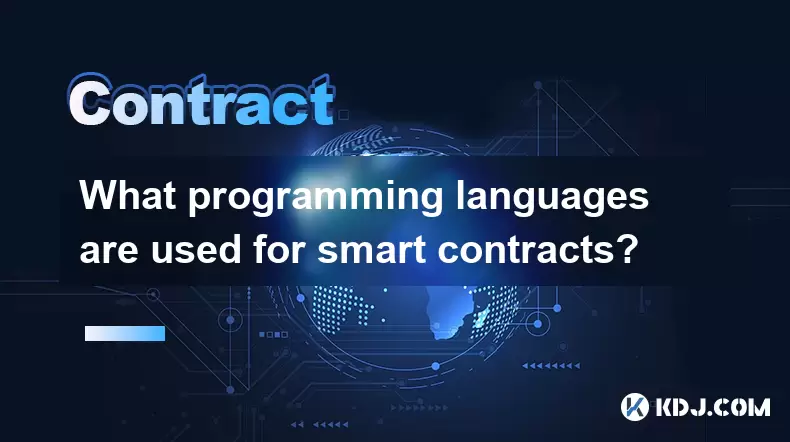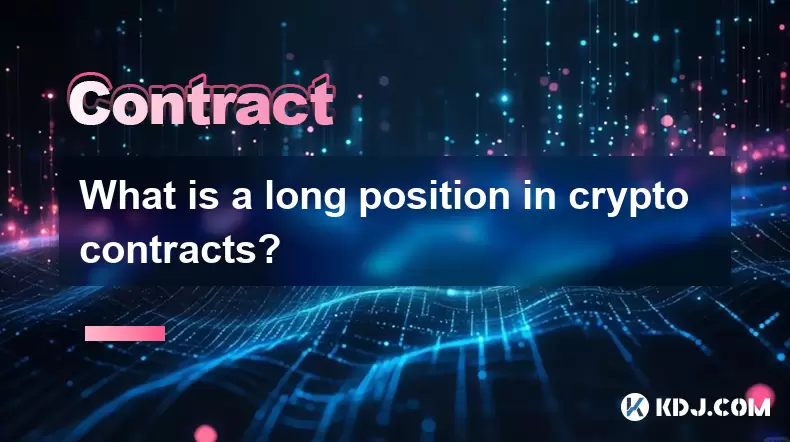-
 Bitcoin
Bitcoin $116700
2.16% -
 Ethereum
Ethereum $3830
5.76% -
 XRP
XRP $3.082
4.56% -
 Tether USDt
Tether USDt $1.000
0.04% -
 BNB
BNB $777.8
1.96% -
 Solana
Solana $173.2
5.46% -
 USDC
USDC $0.0000
0.02% -
 Dogecoin
Dogecoin $0.2146
6.85% -
 TRON
TRON $0.3384
0.92% -
 Cardano
Cardano $0.7676
5.51% -
 Hyperliquid
Hyperliquid $39.28
4.90% -
 Sui
Sui $3.723
9.07% -
 Stellar
Stellar $0.4164
6.32% -
 Chainlink
Chainlink $17.36
5.78% -
 Bitcoin Cash
Bitcoin Cash $580.9
3.62% -
 Hedera
Hedera $0.2544
5.50% -
 Ethena USDe
Ethena USDe $1.001
0.02% -
 Avalanche
Avalanche $22.81
3.81% -
 Litecoin
Litecoin $120.8
3.60% -
 UNUS SED LEO
UNUS SED LEO $8.956
-0.35% -
 Toncoin
Toncoin $3.311
4.28% -
 Shiba Inu
Shiba Inu $0.00001266
4.15% -
 Uniswap
Uniswap $10.10
5.97% -
 Polkadot
Polkadot $3.786
4.80% -
 Dai
Dai $1.000
0.01% -
 Monero
Monero $280.4
-4.02% -
 Bitget Token
Bitget Token $4.405
1.69% -
 Cronos
Cronos $0.1480
5.13% -
 Pepe
Pepe $0.00001087
5.67% -
 Ethena
Ethena $0.6348
11.62%
How to use 20x leverage in Gate.io
By utilizing 20x leverage on Gate.io's derivative products, traders can amplify their potential profits while navigating the inherent risks associated with leveraged positions.
Nov 11, 2024 at 05:24 am

A Comprehensive Guide to Utilizing 20x Leverage Trading on Gate.io
Leverage trading, a technique that amplifies both potential profits and risks, has become increasingly popular in the cryptocurrency market. Gate.io, a leading cryptocurrency exchange, offers users the ability to employ up to 20x leverage on various derivative products. This guide will provide a comprehensive exploration of how to utilize 20x leverage on Gate.io, enabling you to make informed decisions while maximizing your trading potential.
Understanding 20x Leverage Trading
Leverage refers to the practice of borrowing funds to increase the potential returns on a trade. In 20x leverage trading, the trader borrows 20 times their initial capital from the exchange. For instance, if a trader deposits $1,000 and trades with 20x leverage, they effectively have a trading capital of $20,000.
Prerequisites for 20x Leverage Trading on Gate.io
To engage in 20x leverage trading on Gate.io, certain prerequisites must be met:
- Account Verification: Traders must complete the KYC (Know Your Customer) process to verify their identities.
- Sufficient Balance: The account balance must be sufficient to cover potential losses and margin calls.
- Understanding of Risk: Leverage trading involves significant risks, and traders should have a thorough understanding of the potential consequences.
Trading with 20x Leverage on Gate.io
Step 1: Select a Trading Pair and Leverage Level
- Navigate to the "Derivatives" section of Gate.io.
- Choose the desired trading pair (e.g., BTC/USDT) and select "20x" as the leverage level.
Step 2: Place a Trade Order
- Specify the order type (market, limit, stop).
- Enter the desired trade quantity and price (if applicable).
- Confirm the order and execute the trade.
Step 3: Monitor and Manage Risk
- Regularly monitor the position's performance and adjust the leverage level as needed.
- Use stop-loss orders to mitigate potential losses.
- Keep a close eye on the margin balance to avoid margin calls.
Advantages and Disadvantages of 20x Leverage Trading
Advantages:
- Increased Profit Potential: 20x leverage allows traders to magnify their potential profits compared to spot trading.
- Flexibility: Traders can adjust the leverage level to match their risk tolerance and trading strategy.
- Short-Selling Opportunities: Leverage trading enables traders to profit from both upward and downward price movements.
Disadvantages:
- Increased Risk: Leverage trading involves substantial risks, including the potential for significant losses.
- Margin Calls: If the market moves against the trader's position, they may face a margin call and be forced to liquidate the position.
Disclaimer:info@kdj.com
The information provided is not trading advice. kdj.com does not assume any responsibility for any investments made based on the information provided in this article. Cryptocurrencies are highly volatile and it is highly recommended that you invest with caution after thorough research!
If you believe that the content used on this website infringes your copyright, please contact us immediately (info@kdj.com) and we will delete it promptly.
- BlockchainFX, Bitcoin Swift, Crypto Presales: What's the Hype?
- 2025-08-07 19:10:13
- SHIB Community at Crossroads: Shytoshi Kusama's Leadership Under Scrutiny as Elections Loom
- 2025-08-07 18:30:13
- IREN Overtakes: A New King in the Bitcoin Miner Hashrate Race?
- 2025-08-07 16:31:29
- Memecoins Mania: Whales Eye Pepe Dollar (PEPD) as Bonk Cools Off, While MoonBull Hogs the Spotlight!
- 2025-08-07 16:51:17
- Unilabs, PEPE, and Investment Risk: Navigating the Crypto Hype
- 2025-08-07 16:31:29
- Meme Coin Mania: Rug Pulls, CZ-Inspired Tokens, and the Wild West of Crypto
- 2025-08-07 16:57:14
Related knowledge

What programming languages are used for smart contracts?
Aug 07,2025 at 06:07pm
Understanding Smart Contracts and Their Execution EnvironmentSmart contracts are self-executing programs deployed on blockchain networks that automati...

What is a long position in crypto contracts?
Aug 07,2025 at 06:29pm
Understanding the Concept of a Long Position in Crypto ContractsA long position in crypto contracts refers to a trading strategy where a trader buys a...

Why is my Bitstamp futures position being liquidated?
Jul 23,2025 at 11:08am
Understanding Futures Liquidation on BitstampFutures trading on Bitstamp involves borrowing funds to open leveraged positions, which amplifies both po...

How to report Bitstamp futures for taxes?
Jul 30,2025 at 08:35am
Understanding Bitstamp Futures and Taxable EventsWhen trading Bitstamp futures, it’s essential to recognize that these financial instruments are treat...

Does Bitstamp offer inverse contracts?
Jul 23,2025 at 01:28pm
Understanding Inverse Contracts in Cryptocurrency TradingIn the realm of cryptocurrency derivatives, inverse contracts are a specific type of futures ...

What is the difference between futures and perpetuals on Bitstamp?
Jul 27,2025 at 05:08am
Understanding Futures Contracts on BitstampFutures contracts on Bitstamp are financial derivatives that allow traders to speculate on the future price...

What programming languages are used for smart contracts?
Aug 07,2025 at 06:07pm
Understanding Smart Contracts and Their Execution EnvironmentSmart contracts are self-executing programs deployed on blockchain networks that automati...

What is a long position in crypto contracts?
Aug 07,2025 at 06:29pm
Understanding the Concept of a Long Position in Crypto ContractsA long position in crypto contracts refers to a trading strategy where a trader buys a...

Why is my Bitstamp futures position being liquidated?
Jul 23,2025 at 11:08am
Understanding Futures Liquidation on BitstampFutures trading on Bitstamp involves borrowing funds to open leveraged positions, which amplifies both po...

How to report Bitstamp futures for taxes?
Jul 30,2025 at 08:35am
Understanding Bitstamp Futures and Taxable EventsWhen trading Bitstamp futures, it’s essential to recognize that these financial instruments are treat...

Does Bitstamp offer inverse contracts?
Jul 23,2025 at 01:28pm
Understanding Inverse Contracts in Cryptocurrency TradingIn the realm of cryptocurrency derivatives, inverse contracts are a specific type of futures ...

What is the difference between futures and perpetuals on Bitstamp?
Jul 27,2025 at 05:08am
Understanding Futures Contracts on BitstampFutures contracts on Bitstamp are financial derivatives that allow traders to speculate on the future price...
See all articles

























































































